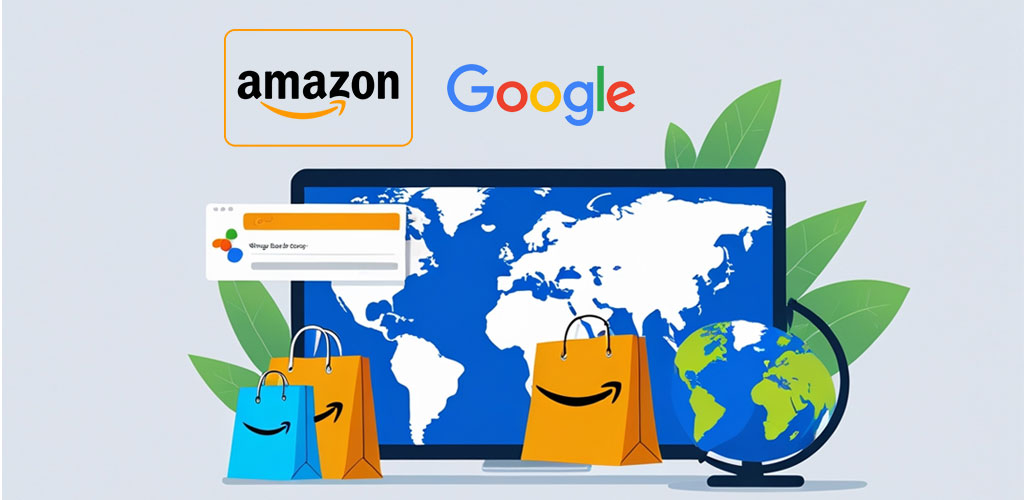The online shopping world just got more interesting. Amazon has started showing its products once again through Google Shopping ads. But there is a catch—this comeback is happening outside the United States. While shoppers in other countries may soon notice Amazon listings appearing on Google, American users will not see the same change.
The little product boxes that show up when you conduct an online search are known as Google Shopping advertising.They usually show a picture, price, and store link. For many people, these ads are the first stop before making a purchase, because they make it easy to compare products from different sellers. Businesses often rely on them because they appear right at the moment when buyers are ready to shop.
Amazon had once used Google Shopping in the past but later decided to pull back. The company preferred to direct traffic straight to its own platform, which already acts as a giant search engine for products. Over time, Amazon also built a massive advertising business of its own. But now, by returning to Google Shopping, Amazon is signaling that it cannot completely ignore the visibility that Google offers.
So why avoid the U.S.? The decision looks very deliberate. In its home market, Amazon already has huge control over online sales. Spending heavily on Google ads there may not give it much extra benefit. At the same time, U.S. regulators have been watching both Amazon and Google closely over concerns of market power. Staying away from the U.S. in this campaign might be a way to avoid raising new questions. Another likely reason is testing. By running Google Shopping ads in other regions first, Amazon can measure results before considering an expansion into the United States.
For shoppers outside America, this move could be a win. Imagine searching for a product on Google and instantly seeing Amazon’s offers alongside other retailers. It means more variety, faster price checks, and potentially better deals. For customers, that is added convenience without extra effort.
For businesses, however, the picture is more mixed. Small and mid-sized online stores may benefit from more people using Google Shopping, since traffic could increase for everyone. But competing directly with Amazon in ad space is never easy. Amazon has larger budgets, wider reach, and stronger brand recognition than most sellers. This may put pressure on smaller retailers who rely on Google Shopping to stand out.
Looking at the bigger story, this step underlines the importance of Google’s role in e-commerce. Even Amazon, which often positions itself as Google’s competitor, sees value in being present on Google Shopping. At the same time, it shows how strategies can differ across regions. Instead of a one-size-fits-all approach, Amazon is picking its markets carefully.
For now, U.S. users will not see Amazon through Google Shopping. But that does not mean the door is closed forever. If the experiment outside America proves successful, Amazon may later expand these ads to its biggest market. Until then, this decision is a reminder that online retail is shaped not only by competition but also by careful planning, costs, and government rules.
The takeaway is simple. Outside of the United States, Amazon has returned to Google Shopping. reflects the constant push and pull between the two giants. For shoppers, it means more choice. For businesses, it signals tougher competition. And for the global e-commerce industry, it is yet another sign that the battle for visibility is far from over.

